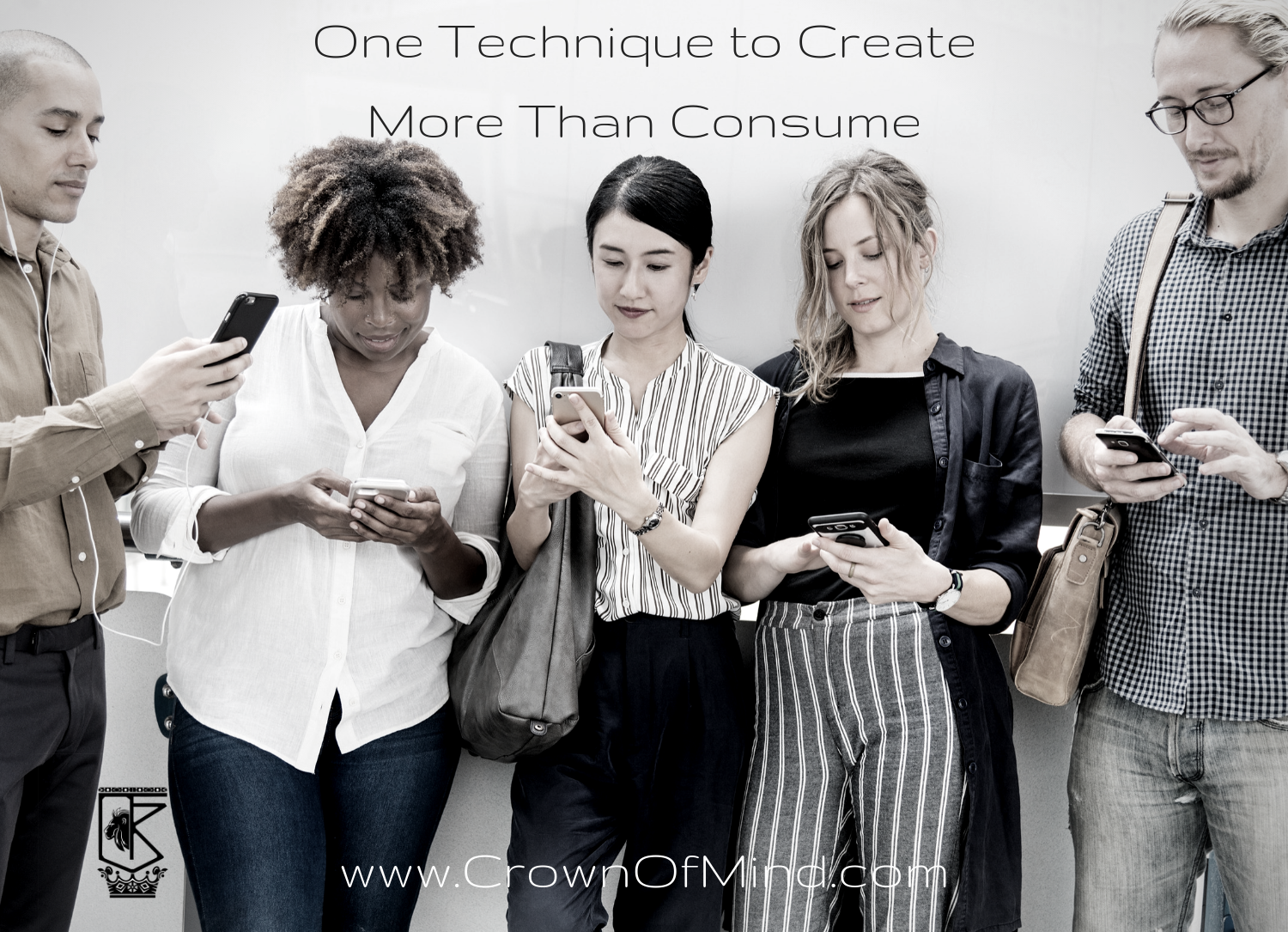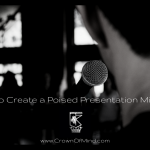Walking into a Microsoft store has a different feel for me compared to a few years ago. The company’s been around for decades. Back then the trend was about upgrading to the newest software versions, and it still feels like each time I shut down the PC it’s asking for an upgrade. But the company’s perspective seems to have pivoted from just creating newly updated software applications to supporting products that encourage people to become a creator, like the Kano Computer Kit.
Microsoft among other brands I observe recognizing patterns in the market. According to 2017 stats posted on BrandonGaille.com:
- 13.7% find it difficult to stay offline for several days.
2. 12.3% felt the need to cut back on Internet usage.
3. 8.7% attempted to hide their Internet usage from friends and family.
4. 5.9% felt their relationship suffered due to their Internet use.
Gender Disparities
Men: Addicted to games, porn, and online gaming.
Women: Addicted to chatting, instant messaging, eBay, and online shopping.
Usage Based on Age
18-29 years old: 93%
30-49 years old: 81%
50-64 years old: 70%
65 and older: 38%
Countries with Highest Number of Users
- China – 360,000,000
2. United States – 27,719,000
3. Japan – 95,979,000
4. India – 81,000,000
5. Brazil – 67,510,400
What is the Internet Used For?
Reading Email: 45%
Reading News: 30%
Social Networking: 35%
Banking Online: 20%
Impact in Workplace
- Internet being used at work for non-business related: 30-40%
10. Online purchases made during workday: 60%
11. Internet pornography accessed during work: 70%
12. Lost productivity from cyber slacking: 40%
13. Men are twice as likely to surf the web for personal enjoyment while at work.
Addiction Highlights Statistics
- Internet addicts can experience 10-20% surface area brain shrinkage.
15. 82% of users spend more time than anticipated.
16. 65% use the Internet to escape problems.
17. 34% check their smartphone before going to bed.
18. 21% wake up in the middle of the night to check Facebook.
19. 27% check Facebook while on the toilet.
20. China and South Korea have highest rates of addiction at 30%.
21. More than a third of students spend more than 5 hours a day online.
22. More than 160 million Americans are regular Internet users.
23. 5.9 percent of participants in a Stanford Study felt their relationships suffered because of excessive Internet use.
In response to these patterns, companies are creating more products that teach the public how to not just toy with products for fun, but to seriously envision themselves as creators, a creator’s mindset that can create value for self and society. This movement places us in a position where we’re faced with fundamentally three courses of action regarding technology: we can consume it by scrolling through social media and web pages endlessly, or use available resources to learn how to create things that have a return on time investment, or do nothing. During our daily travels and observing people, we can estimate that the population is divided between consuming and creating.
Creator Consumption with Discernment
It took me several years to create social media accounts after they released. While in undergrad, I remember my friend working at the computer lab’s front desk creating her Facebook account for the first time and her first friend was some guy in a t-shirt, Mark Zuckerberg. Within months a large part of the campus used it. Eventually I signed up. It took me longer to create Twitter, Instagram and experiment with YouTube. My delayed social media adoption put me in a position to observe how quickly the applications consumed people’s time. When I became active with social media, I also saw how fast it occurred.
Attention Grabbing
Notifications signal an immediacy to want to check what’s happened. The walls, constantly flooded with posts and information go on and on while scrolling. Even if my interest was in finding quality content I could learn with, that experience was still in the consumption department. I was never interested in quantity over quality and the basic designs for these platforms emphasized it.
Today we can see people walking with their heads hanging down, face in the phone screens, heavy pressure on the neck while walking, sitting, waiting for transportation, at dinners, in front of TV screens, with friends and while on dates.
There had to be a way to become more efficient with navigating this information stream so I could use the tech for what it was good for and continue being productive as a creator.
I particularly do not see benefit in using timer apps; in my view, they create a second dependency by relying on the device to dictate when to stop. The actual change in how we use these devices needs to come from an internal habit change. In psychological terms, one habit has to replace another.
Two ways I share here how we can commit more time to creating and be more disciplined consuming: either by hand or using an app.
By Hand
Make a priorities list in a journal. Write down your top 5 tasks to complete in a given day. Use paper or the notes function in the phone. These are the 5 tasks that, no matter what happens, they’re to be completed. The time needed to complete them may vary, so instead of forcing yourself to do them, just treat them as normal tasks that need to be done. That automatically becomes your creator time. Once finished, the time left you can use to surf social media, check on E-mails, etc.
Using an App
The app called “Productive” is a useful resource for setting up this goals list. You can categorize the goals by type, add colors, choose how often to complete them and check on your progress with a customized calendar. Each time you finish a task, you swipe it complete; that then registers on your calendar. Same policy applies: task time is creator time and once done there’s extra time to consume. Eventually the time committed to consumption fades as we become more focused on creating, and experiencing the benefits of our creations in life.
Rather than hiring a very expensive coach or paying for a high-ticket program to teach us how to manage our time, we can focus on small steps like these towards behavioral change that will bleed into other life areas.
As I increase creation-consumption efficiency with this strategy, I become more efficient with writing E-mails and reading what’s sent to me. I become more efficient with reading and taking action based on what I read. I become more efficient with determining time for work and pleasure.






